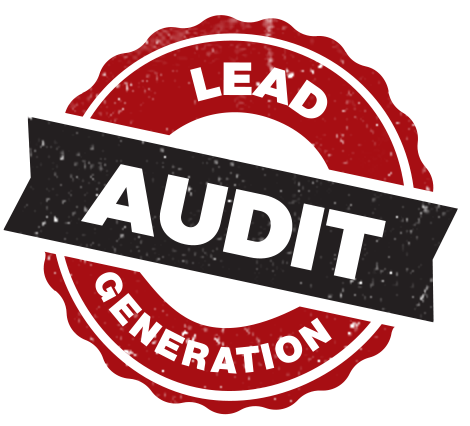Posted by Rich Harshaw on July 25, 2017.

Everybody likes a new car warranty.
Besides being included for free, new car warranties have high-perceived value because it’s easy for people to imagine a disaster. All vehicles have a decent chance of messing up somehow, and the cost to repair it can be catastrophically expensive.
Warranties on electronics are a little different.
Many electronics are so cheap and unlikely to break that the value of a warranty is low.
Seriously… why pay $24.99 for a five-year warranty on a $100 printer? It’s just easier to buy a new printer.
Conversely, it’s probably worth the extra seven bucks per month for a full replacement warranty on your high-school daughter’s $700 iPhone. It’s almost guaranteed to be dropped multiple times, fall into a swimming pool, or get misplaced at the mall sometime within its two-year contract.
So for electronics, the perceived value of the warranty depends on the perceived threat (or lack of threat) of large repair bills.
This brings us to your window warranty.
It’s hard for a homeowner to envision the exact kinds of things that can go wrong with their new windows (this also goes for home improvement projects like siding, roofing, kitchens, and so on).
So when you tell a customer your windows have a 25-year warranty, it doesn’t mean much to them.
They don’t “get” things like defects in exterior cladding, missing flashing, and damaged glazing. And in the event that something does go wrong, your customer believes it will be so far in the future that it’s not worth worrying about right now.
So your awesome warranty becomes just another semi-meaningless bullet point on a list of cool features you offer… unless your warranty covers glass breakage.
Everybody can relate to broken glass. Who hasn’t had to deal with a broken window in their life?
They’re like flat tires—it’s not a matter of “if,” but “when.”
And that’s the beauty of covering broken glass in your window warranty.
It’s the one thing that no one would expect to be included in a warranty. Broken windows are almost always the customer’s fault; nobody would ever expect YOU to cover THEIR carelessness.
Which is exactly what makes glass-breakage coverage so powerful.
Yes, powerful.
Think about it…
By warranting broken glass, you have a unique selling advantage against the competition.
When prospects hear about it, they’ll instantly form an image in their heads of a baseball or football or golf ball crashing through a window.
And then they’ll be amazed that you’ll fix it. No questions. No cost.
But wait… won’t you get annihilated on service requests?
No. Here’s why…
Surprisingly, few customers will take you up on the offer.
Some won’t remember that you offer it.
Others might be embarrassed to request free service because they know the broken window was their fault.
And, to be perfectly honest, there just aren’t THAT many broken windows.
Case in point…
One of my clients has been offering a broken glass warranty for about 18 years. He’s installed windows for over 3,000 customers.
Guess how many service calls he gets per year to fix broken glass?
About four. PER YEAR.
To make the repair, it costs him about a hundred bucks (glass and labor included).
Most customers expect to pay something, and they’re thrilled when there is no charge. And thrilled customers leads to repeat business, referrals, great reviews, and more trust among you and homeowners.
So if you want a distinct selling advantage over your competitors, offer a warranty on broken glass.
It costs the equivalent of pocket lint, and you gain a huge edge on other contractors in your area.
P.S. Want the peace of mind a broken-glass warranty provides customers… but with your marketing? Check out MYM PPC. We promise hot-and-ready leads for a two hundred dollar Cost Per Lead or less.
Posted by Rich Harshaw on July 10, 2017.
.
A bathroom contractor once submitted this print advertisement to me for feedback:
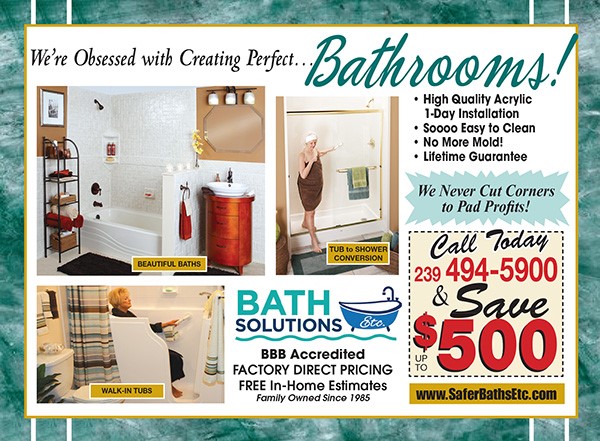
Two of my issues with this ad were…
1.) It was ugly.
2.) It looked exactly like the 56,432 other bathroom ads you see in newspapers and magazines.
But the most egregious sin this ad committed was who it targeted. Or, more accurately, that it targeted too many people.
I’ll explain.
The ad tries to reach several different markets at once. It wants you to know that the company can take on a variety of bathroom projects—from “beautiful baths” to “tub to shower conversions” to “walk-in tubs.”
As a result, the ad piqued no particular market’s interest. Thus, no one responded to it.
I had the following conversation with the bathroom remodeler about his ad’s lack of success…
Me: What percentage of your business are senior citizens, 60 years and older?
Bathroom Contractor: 60 percent to 70 percent
Me: Is that the kind of customers you’d like to continue to attract?
Bathroom Contractor: Yes.
Me: So why don’t you reach out to them specifically instead of throwing out this general stuff?
Bathroom Contractor: (head scratching)
Me: What is the biggest problem they have that you solve?
Bathroom Contractor: They can’t get their leg up over the tub to get in or out, or they are worried about slipping when they raise their leg.
Me: How about we just say that?
Bathroom Contractor: (mind explodes)

Eureka!
Sometimes the best ad is one that literally conveys what is going on in people’s heads. Because you’ve captured what they’re thinking, your message instantly becomes powerful and resonant.
After a little more digging, I found out that some of the company’s customers preferred to take baths, while others preferred showers—and that the company has products for either preference (walk-in tubs and low or zero-entry showers).
So I wrote the following text for the ad on the spot while on the phone with the client:
—
“It’s Hard To Raise My Leg Over The Tub…”
Finally, An Inexpensive Way To Make Bathing Easy & Worry-Free Again.
Our Patented Walk-In Tubs & Showers Solve Your Problem For Good.
Let’s face it, just getting in and out of the tub can be a major challenge. Slips and falls can and do (and will!) happen. Don’t wait until you have an accident to remove your tub and replace it with a SAFER alternative.
Prefer To Take Baths? If you prefer to take baths, convert to our patented WALK-IN TUB. It has a low-step door that perfectly seals water in while your bath remains perfectly safe. No more worrying. Stress-free bathing.
Prefer To Take Showers? We can pull your old tub out and replace it with a low-step (4 inches) or roll-in (zero inches) entry that eliminates the stress of getting in and out. Both models have optional seats & grab bars (recommended!) and non-slip surfaces for your safety.
We’ve been creating perfect bathrooms solutions for 40 years—we are preoccupied with perfection. We are adamant about excellence. We are fixated on flawless. Let us help you solve your bathroom safety concerns today.
—
Next, I had MYM’s design team put this text into an eye-catching advertisement. I couldn’t find a photo I liked for the ad, so I had my artist produce an illustration that captures the essence of the ad perfectly.
Here’s the final product:
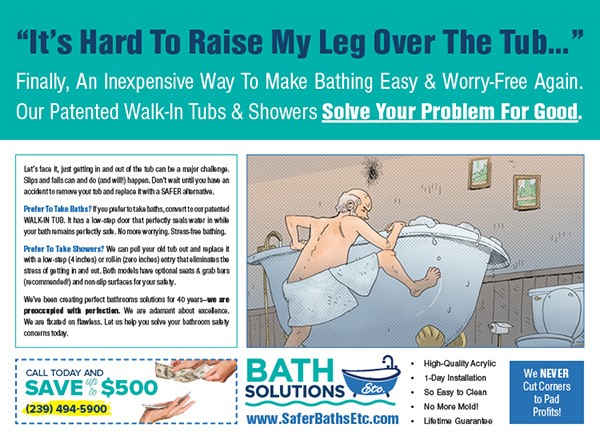
Wham, bam, thank you, ma’am: Now THAT’S an ad that reaches out and grabs readers. But not just any readers—the RIGHT readers.
Moral of the story: When it comes to marketing, speak directly to your target audience!
If you need ad creation that resonates with your audience and hits their “buy” buttons, you know who to turn to.
Save
Posted by Rich Harshaw on July 6, 2017.
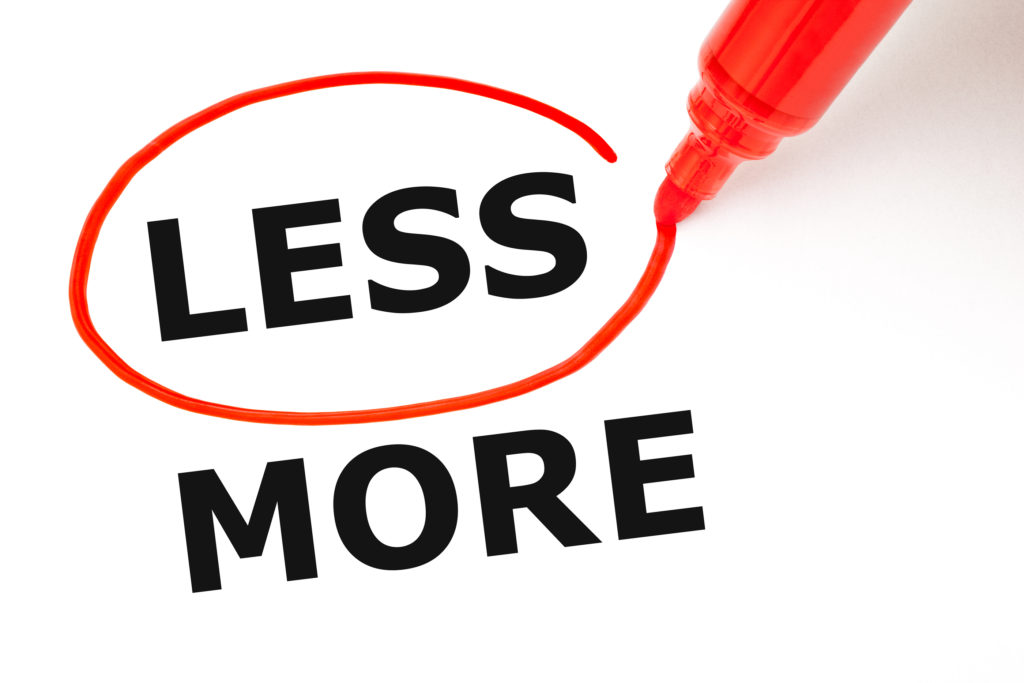
In terms of ranking well on search engines, sometimes less is more.
Google used to base a large part of their ranking signals on update frequency. But that’s not necessarily the case anymore.
Now more than ever, the Google Gods place more value on QUALITY of content over QUANTITY.
This means one stellar piece of content has more search engine “oomph” than, say, three or four average-quality blog posts.
Case in point…
To accommodate Google’s former thirst for frequency, we’ve been creating 15 blog posts a month for our SEO clients. We’d post this content on their blogs two or three times per week.
The posts themselves were well-written, but not earth-shaking or anything.
And they weren’t meant to be. Like I said, we were going with what would make clients rank the highest. And that involved creating new blog fodder constantly.
Here’s an example of this type of content we posted to a client’s website on April 25th, 2017. As you’ll see, it’s written well but lacks substance.
Until very recently, this rapid-fire blog-posting strategy worked. The posts would rank well, and everything was peachy-keen.
Over the last few months, however, we noticed the blog posts were not ranking as well as they once were… not even close.
Why? Because Google launched another algorithm update, as they’re so fond of doing.
We’re always on our toes to keep up with Google’s constant mood swings (i.e., algorithm changes). So as soon as we saw what we WERE doing was no longer working as well, we created a plan to fix it.
As a result, we’re overhauling our SEO content strategy for our upgraded clients…
Instead of providing our upgraded SEO clients with 15 smaller blog posts per month, we’re going to start delivering four premium, high-quality blog posts per month.
The outcome is going to be better, cornerstone content that is powerful, informative, interesting, sharable, and laced with all the SEO elements Google eats up.
We’ve already begun testing this out on a few clients… to great results. Here’s an example of the kind of meaty blog content (Posted June 23rd, 2017) we’re NOW producing. You’ll see it’s MUCH more comprehensive and captivating to the target audience.
To create such strong content for ALL upgraded SEO clients, we’ll be setting up one-on-one time (in 90-minute blocks) with our content writers and clients.
We’ll reacquaint ourselves with our clients’ goals, what they want their blog to do, and what kind of content is relevant to their specific businesses. We’ll talk about every keyword, potential pieces of content, and how hard they want to sell that keyword.
Not only will we be having these “reintroduction content strategy” sessions with clients—but we’ll be doing check-ins every quarter to see what products or services they’re pushing that season, if they’ve noticed any big questions customers have asked that we want to answer in a blog post and re-strategize for the next three months.
Our new, improved SEO content strategy will roll out as beta on July 15th for five to seven clients who have agreed to be guinea pigs.
Then August and September, we will begin bringing our remaining upgraded clients into the fold.
Visit our SEO page for more info about our services. Then, get in touch with us if you want to take your search rankings to the next level.
P.S. Don’t get me wrong… quantity IS still important for search rankings. Your website needs a steady stream of content to remain relevant in Google’s eyes. But that content must engage your audience. If it doesn’t, no one will read it… and your rankings will go down like a sinking ship.
P.P.S. So, what happens with our Bundle SEO clients (clients who aren’t upgraded)? Clients on Bundle-level SEO will still get their two blog posts per month. But they won’t get the high level, hands-on experience that we reserve for upgraded SEO clients who truly want to Monopolize their Marketplace.
Save
Posted by Rich Harshaw on June 30, 2017.

“We’re up to sixteen calls today, and it’s only 2:30! We’ve never seen a response like this before—EVER!”
Sixteen calls by 2:30 may or may not seem like a lot to you, but for Dan, who answered the phone for the little sunroom company in New Jersey, sixteen might as well have been a thousand.
Prior to this, the most calls they’d received in one day was around ten… and that happened years ago.
When the sixteen leads grew into twenty-six by the end of the day—and seventy-three by the end of the first week—the sunroom company was floored.
They had never received more than twenty-five calls from a single ad in an entire MONTH.
What ridiculously simple, yet little-used, change to the same ad they’d been running for years caused this influx of leads?
Instead of only having the usual (and expected) incentive offer—which rotated between twenty percent off, a free heater, etc.—they decided to add an interesting information offer: A complimentary “Sunroom Idea Guide.”
The ad told readers to call in or go online to request the guide. The people who contacted the company supplied their contact info, and they’d get the guide. The guide would show readers the different styles of sunrooms available, photos of thirty-three sunrooms this particular company had built, and a pricing chart.
The massive improvement in reader response is easy to explain.
The incentive offers often used in contractor marketing—including YOURS, most likely!—appeal only to “now” buyers. If somebody is already in the mood to buy a sunroom, a discount or freebie might be just enough to make them call.
But the truth is that most people who see your ads are NOT ready to buy. Not yet.
They may be considering it. They may be planning for it down the road. They may even desperately want or need what you’re selling.
But for whatever reason, they’re not ready to move forward and give you a call.
And that’s where the information offer works its magic.
By creating an interesting guide that people request, you’ve essentially captured all the buyers for the next few months—or years—off the marketplace and into your database.
Sure, it’s disappointing that they don’t want to buy right now. But you now have the opportunity to continually hit them with postcards, emails, and other forms of marketing for years to come.
And you know what the sensei says to the student:
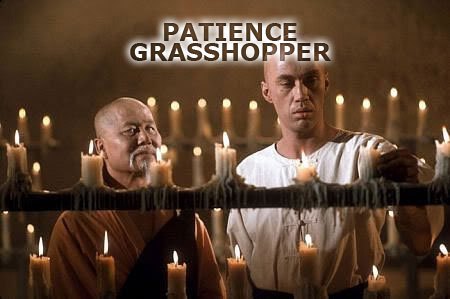
Let me break down all the pesky numbers for you, so you can see how effective the info offer technique is…
- First, determine your current marketing cost per lead deal. If you spend $250 per lead and close 33% of your leads, you’re spending $750 per closed deal. That’s a lot of money.
- Now assume you generate 100 “information offer” leads during a given month. Remember, you’re going to generate these leads IN ADDITION TO (not instead of) your normal leads. So the “cost” of these leads is essentially $0.00.
- Let’s assume you close 10% of these information leads in the next 24 months—that’s 10 deals out of the 100 leads.
- Allocate the same $750 of marketing cost per lead toward these information leads (for follow up), and you now have a budget of $7,500. Spreading that over two years comes to $312 a month.
- Let’s say you use this $312 per month on postcards, and each postcard costs $0.60 to print and mail. You can send five postcards PER MONTH to each of the leads. That’s 60 postcards per year FOR TWO YEARS.
Do you THINK you might close some of them?
The better question: How could you NOT close some of them?
Including an information offer in your ads is surprisingly simple…
Step One: Create a guide with valuable information that appeals to those who would be interested in what you sell. It could contain before and after photos, testimonials, comparisons of materials or brands, or information about how to choose the best product.
Step Two: Give the guide a good name. Here are a few ideas to get you started: Homeowner’s Guide To Replacement Windows; Everything You Need To Know About Gutter Protection; Storage Solutions Ideas & Inspiration Guide; The Metal Roofing Solution. Clear and simple titles like that.
Step Three: Make the offer stand out in your ad—put a picture of the cover of the guide in a conspicuous area, and use the word FREE liberally. Here’s an example:
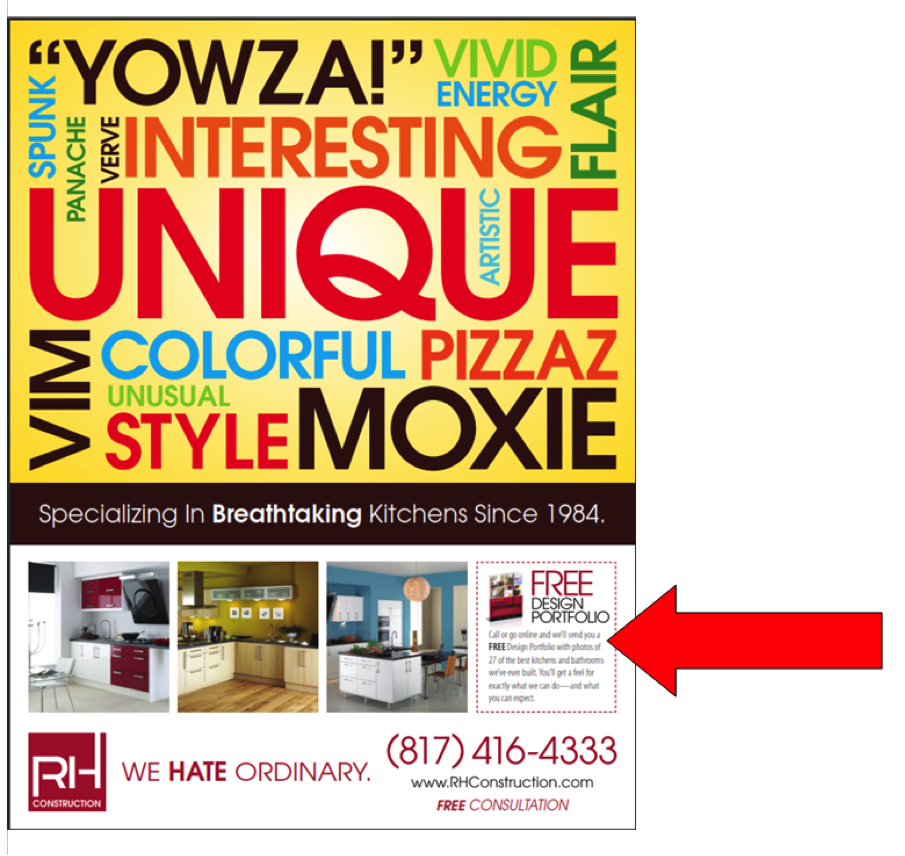
Step Four: Ensure you prepare your lead handlers—everyone who will have contact with prospects needs to know that information seekers will be contacting you. This might require a culture change for your company. Don’t try to force an information seeker to set an appointment if they are clearly not ready—you risk running them off for good.
A free information offer sets you apart from your competitors because the results (i.e., sales) are not necessarily “immediate” enough for many companies. So they don’t even attempt it. But you WILL get more sales with a free information offer. Not only that, but you also effectively take information seekers off the market and hog them all for yourself.
And here’s the thing…
You don’t have to get rid of the incentives in your ads; “now” buyers will still want and appreciate your discounts and freebies. But if you want to cast a wider net to catch more prospects, and you don’t mind following up with the ones who don’t purchase right away, information offers are the easiest way to get more bang from your advertising buck.
This free information has been provided courtesy of Rich Harshaw and MYM. 
P.S. We provide information guide-creation as part of our Pre-Positioning package. Visit our Pre-Positioning package page, browse our samples, and view additional details. If your marketing could benefit from this package, use the handy-dandy chat box in the lower-right corner of this website to talk to us about creating these materials for you. Thanks!
Save
Save
Save













